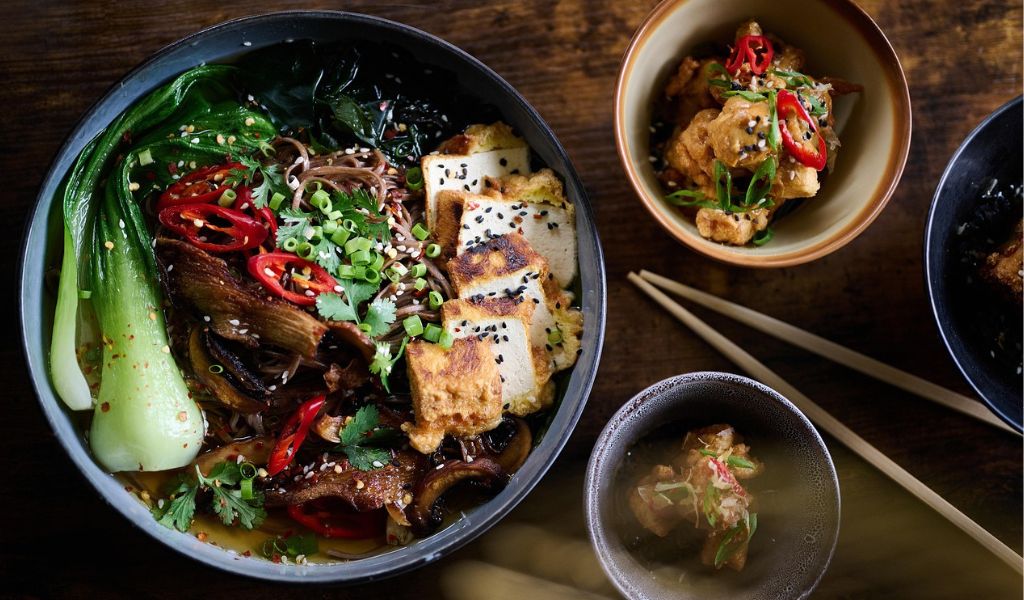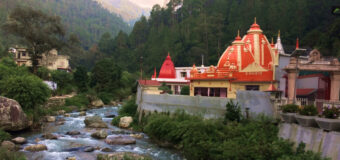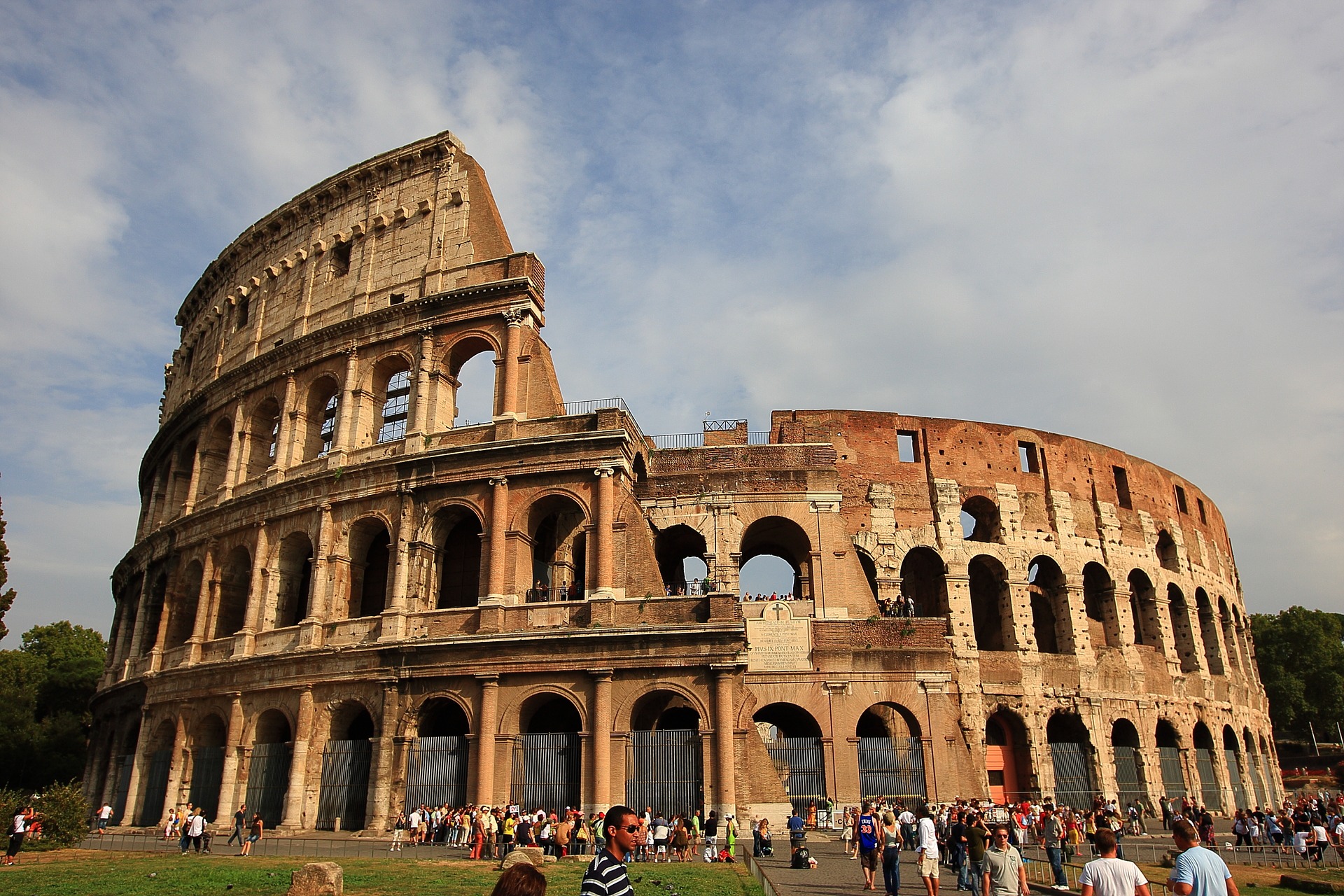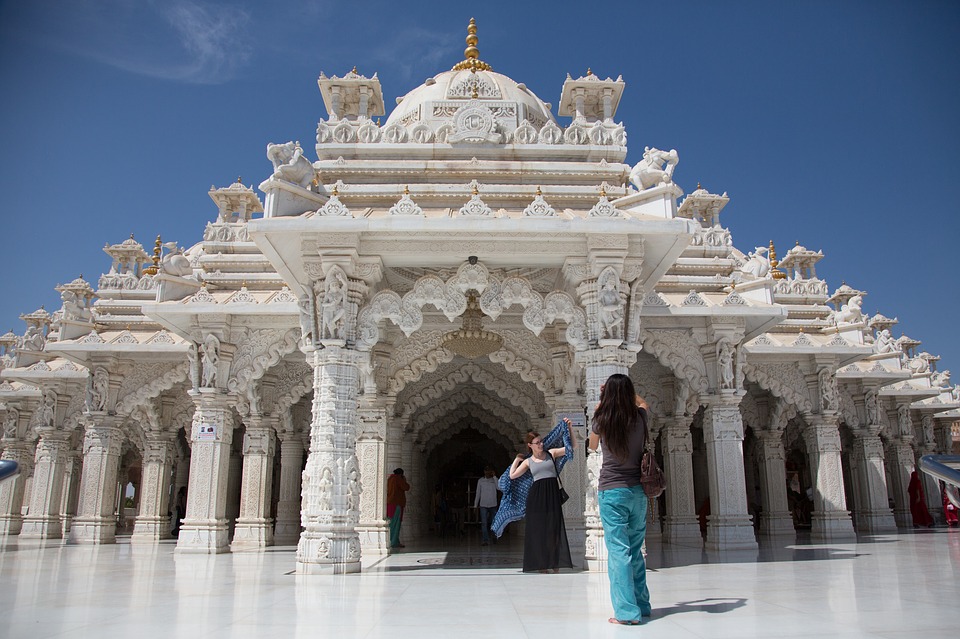So, everyone tells you Machu Picchu is about the ruins, right? It’s true. But no one warned me how much the food would steal the show. Peru takes food seriously. Like, really seriously.
UNESCO even called Peruvian food a cultural heritage. And when you’re up here, hiking through foggy trails, the last thing you expect is sitting down to a meal that makes you go, Wow.
That’s where Mapacho Restaurant comes in. It’s not just eating. It’s eating with mountains outside your window. Let’s dig deeper into the scene of Peruvian gastronomy in Machu Picchu.
Why Experience Traditional Peruvian Cuisine In Machu Picchu
Peru has always been the gastronomic capital of South America. And there is no wonder in Peruvian gastronomy in Machu Picchu, such as a big thing.
Peru is home to three thousand varieties of potatoes, and it has quinoa as the staple food. Moreover, Ceviche is the national delicacy here.
Overall, good food has always been an important part of Peruvian culture and way of living.
1. The Rich Cultural Heritage Of Peruvian Food
Peru’s food is basically history on a plate. Inca ingredients at the base: corn, potatoes, peppers. Then the Spanish show up, add their own stuff. Later, Africans, Chinese, and Japanese immigrants! It’s all layered in.
At first, it sounds like a mess, but somehow it’s magic. And the potatoes? I thought I knew potatoes. Nope. Peru has thousands of kinds. I tried one variety I couldn’t even pronounce, and it blew my mind.
2. The Unique Setting Of Machu Picchu
Honestly, eating here feels a little unreal. The view itself makes plain rice taste better. You’re sitting in the clouds, ruins around you, and you kind of forget the outside world exists.
But that also means restaurants have to tread lightly—no trashing the land, no exploiting locals. Places like Mapacho lean into sustainable practices so future travelers don’t miss out.
3. The Growing Popularity Of Peruvian Cuisine Globally
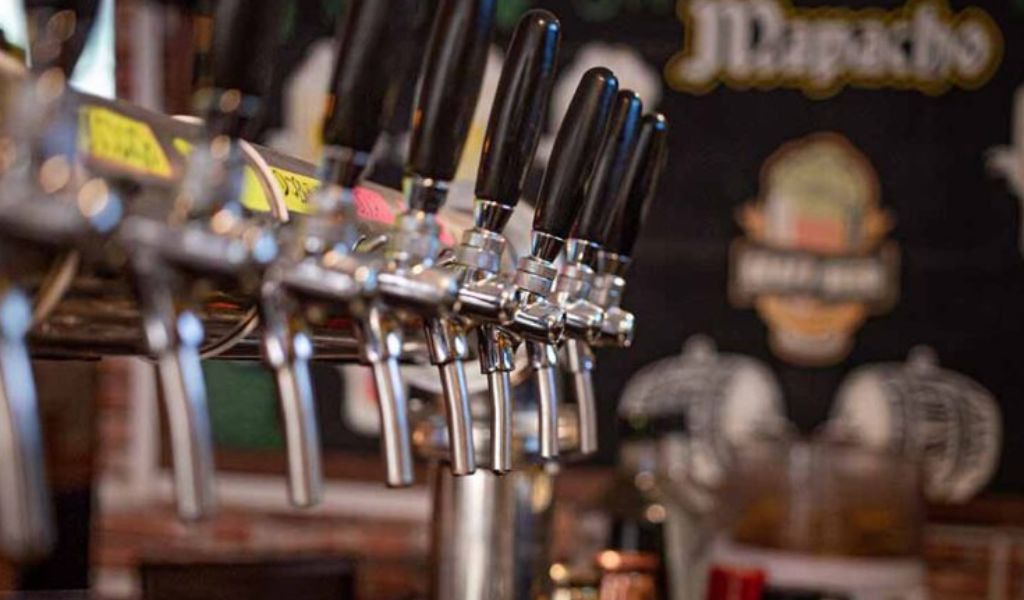
Quick side note: Peruvian food is everywhere now. Ceviche in New York, lomo saltado in Madrid, ají de gallina in Tokyo.
But trust me, none of it hits the same as when you try it here. There’s something about the ingredients being pulled from just down the road.
About Mapacho Restaurant: The Leading Traditional Peruvian Cuisine Spot
We did a small case study on Mapacho Restaurant to understand how Peruvian gastronomy in Machu Picchu is evolving.
From the ambience to the commitment to sustainability, it is really impressive.
1. Location And Ambience
Mapacho’s right near Machu Picchu. You walk in, and boom—colorful fabrics, wooden tables, local art. Nothing pretentious, just cozy. And then you look outside, and yeah, those mountain views steal the show again.
2. Commitment To Sustainability
This is one of those places where “eco-friendly” isn’t a buzzword. They buy produce from nearby farms, they recycle, and they actually cut down on waste. It feels genuine, not like marketing fluff.
3. Chef And Culinary Philosophy
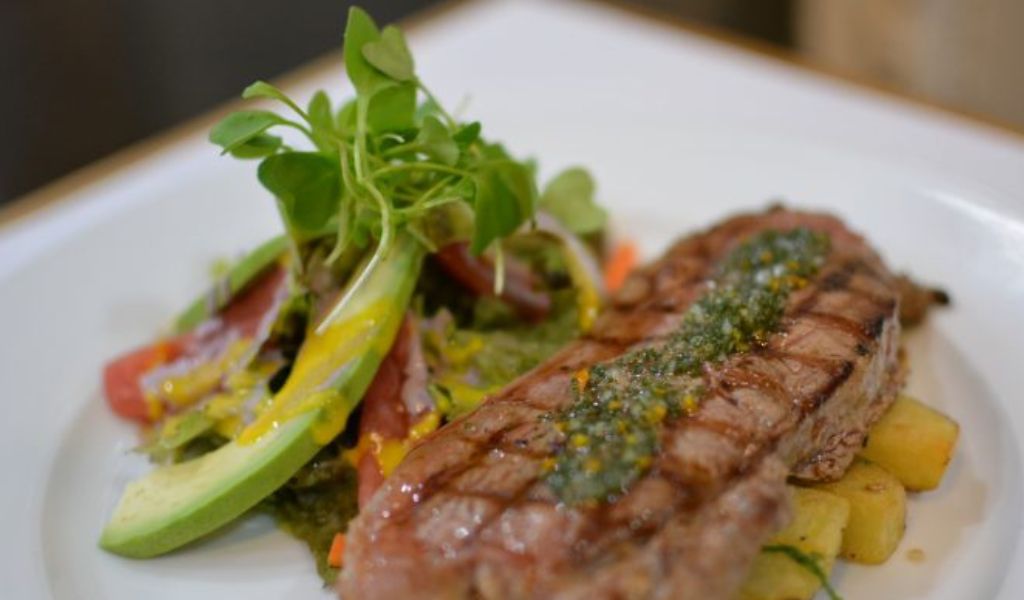
The chef, Carlos Morales, grew up cooking with his grandmother. You can taste it. The food has that homemade soul, but with enough of a twist that it feels special. Fresh, local, simple. That’s his whole vibe.
Must-Try Traditional Peruvian Dishes At Mapacho Restaurant
It’s the perfect play of textures and flavors. Yes, I am talking about the traditional Peruvian dishes at Mapacho Restaurant.
Try the following delicacies at Mapacho Restaurant.
1. Classic Ceviche: Peruvian Seafood Masterpiece
Hands down, don’t skip this. Fresh fish, lime juice, cilantro, onions, peppers. Cold, bright, tangy. Served with corn or sweet potato. It’s refreshing after a long trek.
2. Lomo Saltado: Peruvian-Asian Fusion Delight
This one feels like comfort food. Beef, onions, tomatoes, fries (yep, fries in a stir-fry). Tossed fast in a wok, paired with rice. It’s fusion done right.
3. Aji de Gallina: Comforting Chicken Stew
Shredded chicken in a creamy yellow sauce with peppers and bread. It’s rich without being heavy. Comes with rice and potatoes. It just… feels like home food.
Other Notable Dishes

- Pachamanca: Meat and veggies slow-cooked underground with hot stones.
- Rocoto Relleno: Stuffed peppers, spicy and cheesy.
- Tamales: Corn dough wrapped and steamed. Simple, filling, perfect.
Enhancing Your Dining Experience In Machu Picchu
Eco-friendly hospitality, cultural immersion, and the best food! You get a perfect fusion of all of these Peruvian restaurants in Machu Picchu.
However, to have the best dining experience, you can consider the following tips.
1. Booking Tips And Best Times to Visit
Small tip: book ahead. May through September get crowded. If you can, go early morning or late afternoon—less chaos, better light for photos.
2. Pairing With Local Beverages
Try a Pisco Sour—you kinda have to. Or Chicha de Jora if you want something traditional. Local craft beer is a thing, too, and surprisingly good.
3. Cultural Etiquette And Dining Customs
Basic manners go a long way. Wait for the host to start, use your right hand, don’t freak out at new flavors. Oh—and toss in a Quechua greeting if you can. Locals appreciate it.
Supporting Sustainable Tourism And Local Communities
Peruvian gastronomy in Machu Picchu is crucial for the preservation of the cultural heritage. From employment opportunities to direct economic benefits, the local gastronomy is much beyond appeasing the palate.
1. How Mapacho Promotes Local Sourcing
They don’t just grab produce from supermarkets. Farmers nearby supply the food. Artisans make the crafts you see. Money stays in the community.
In this way, the farmers here do not have to migrate for work.
Also, it is not just about the farmers. Many hotels and restaurants function here, capitalizing on the popularity of Peruvian gastronomy in Machu Picchu.
Thus, food tourism here contributes to the local economy and makes it less dependent on external factors.
2. Visitors’ Role In Sustainable Practices
Bring a reusable bottle. Don’t litter. Buy local crafts instead of plastic souvenirs. Little stuff matters here more than you think.
3. The Future Of Peruvian Gastronomy In Machu Picchu
Young chefs are being trained, food tours are popping up, but the idea is the same—keep traditions alive while welcoming travelers. It’s a balancing act.
Peruvian Gastronomy In Machu Picchu: A Foodie’s Dream Lived In The Mountains
Mapacho is more than “a restaurant stop.” It’s part of the Machu Picchu memory. Ceviche that wakes you up, lomo saltado that fills you up, and mountains staring back at you while you eat. Add in their sustainable mindset, and it’s hard not to walk away impressed.
So, if Machu Picchu’s on your bucket list, add Mapacho to the plan. Reserve ahead. And if you love travel mixed with food adventures, keep an eye out—I’ve got plenty more to share.
Read Also:
